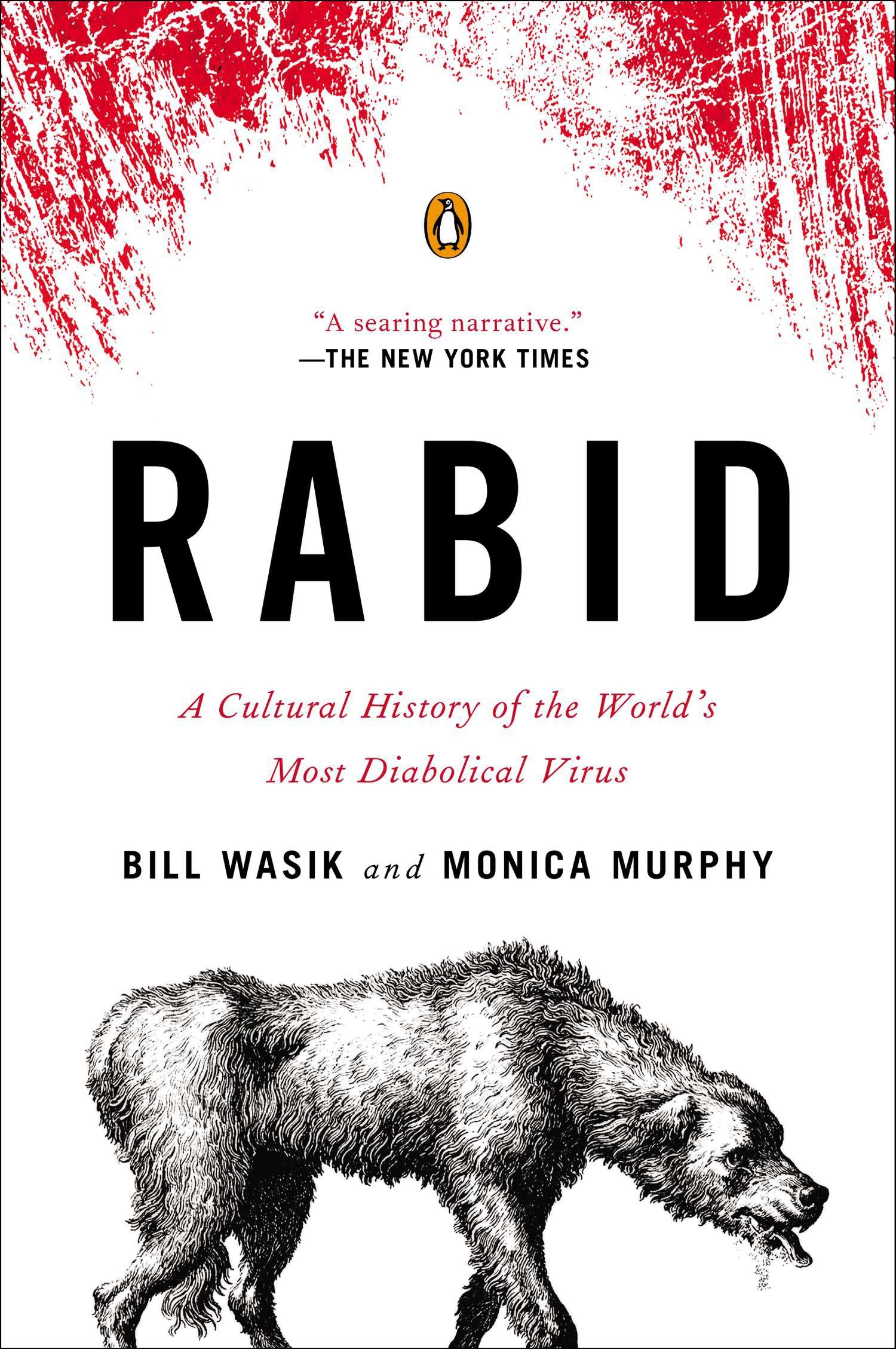

The book tracks the history of rabies and dogs from some of the earliest recorded times. Long before the cause of rabies was clear, people understood that a family pet could transform from a docile companion to a carrier of a horrible death. In places where rabies is still a significant threat, dogs remain the main source of human infection. Before the advent of canine rabies vaccines, the overwhelming majority of human rabies cases were the result of dog bites.

The cultural response was to create fictional embodiments of those anxieties-ravenous wolfmen, bloodsucking vampires, and armies of mindless zombies.įrom the myth of Actaeon to Saint Hubert, from the laboratories of the heroic and pioneering Louis Pasteur to a journalistic investigation into the madness that has gripped modern Bali, "Rabid" is a fresh, fascinating, and often wildly entertaining look at one of the world's most misunderstood viruses.Dogs have long been humanity’s best friends, but rabies historically impacted that friendship. The transmission of the virus-often from rabid dog to man-reawakened a primal fear of wild animals, and the illness's violent symptoms spoke directly to mankind's fear of the beast within.

In the absence of vaccination- as was true for thousands of years, until the late nineteenth century-the rabies virus caused brain infections with a nearly 100 percent fatality rate, both in animals and humans, and the suffering it inflicted became the stuff of legend. In the tradition of "The Emperor of All Maladies" and "The Great Influenza," journalist Bill Wasik and veterinarian Monica Murphy chart the history, science, and cultural mythology of rabies. Read full overviewĪn engrossing and lively history of the fearsome and mythologized virus

An engrossing and lively history of the fearsome and mythologized virusIn the tradition of "The Emperor of All Maladies" and "The Great Influenza," journalist Bill Wasik and veterinarian Monica Murphy chart the history, science, and cultural mytholog.


 0 kommentar(er)
0 kommentar(er)
